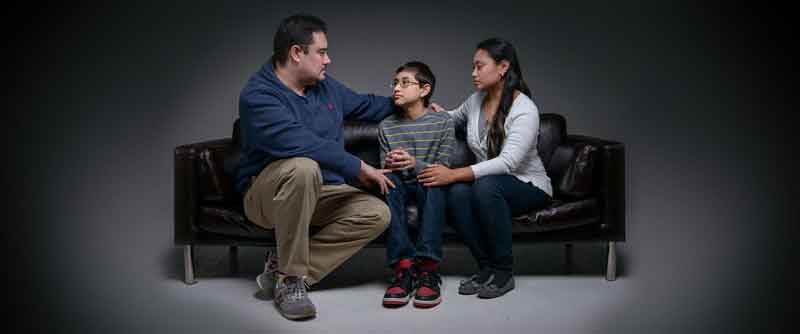
When I was a kid on Long Island, summertime would unleash a gaggle of us to roam the streets and sidewalks of our suburban neighborhood from morning 'til dark, with breaks only for lunch and dinner in the kitchens of our ranches and split levels.
Today, those same streets and sidewalks are devoid of children. Why? Here's what a recent Atlantic article says:
"Since about 1955 ... children's free play has been continually declining, at least partly because adults have exerted ever-increasing control over children's activities," says the author Peter Gray, Ph.D., Professor of Psychology (emeritus) at Boston College...Why has this happened? Fear: "...parents mentioned child predators, road traffic, and bullies as reasons for restricting their children's outdoor play."
..."It is hard to find groups of children outdoors at all, and, if you do find them, they are likely to be wearing uniforms and following the directions of coaches while their parents dutifully watch and cheer."
Never mind that the actual threats facing our kids are likely no greater than they've ever been. If kids' lack of unstructured, self-directed play seems like a bad thing to you, you're onto something. It's the rare kid who doesn't find it stressful having a parent looking over his or her shoulder, and as we've discussed before here on PANIC!, stress is bad news. And the costs to children of not being able to explore and socialize and make mistakes and come to decisions on their own can be high, and may include an increased likelihood of anxiety and depression as they grow up:
There has been a significant increase in anxiety and depression from 1950 to present day in teens and young adults and Gray cites several studies documenting this rise. One showed that five to eight times as many children and college students reported clinically significant depression or anxiety than 50 years ago and another documented a similar trend in the fourteen- to sixteen-year-old age group between 1948 and 1989.Of course, this doesn't recognize that anxiety and depression rates depend on unknowable changes in rates of people seeking treatment for these problems and psychiatric diagnosis standards, but it seems pretty likely to me that driving our kids harder and giving them less space to find their identity and learn to manage their emotions on their own is a recipe for anxiety and depression later on.
Suicide rates quadrupled from 1950 to 2005 for children less than fifteen years and for teens and young adults ages 15-25, they doubled.
The bottom line for parents? Try a little less structure and a little more "just be home for dinner."













